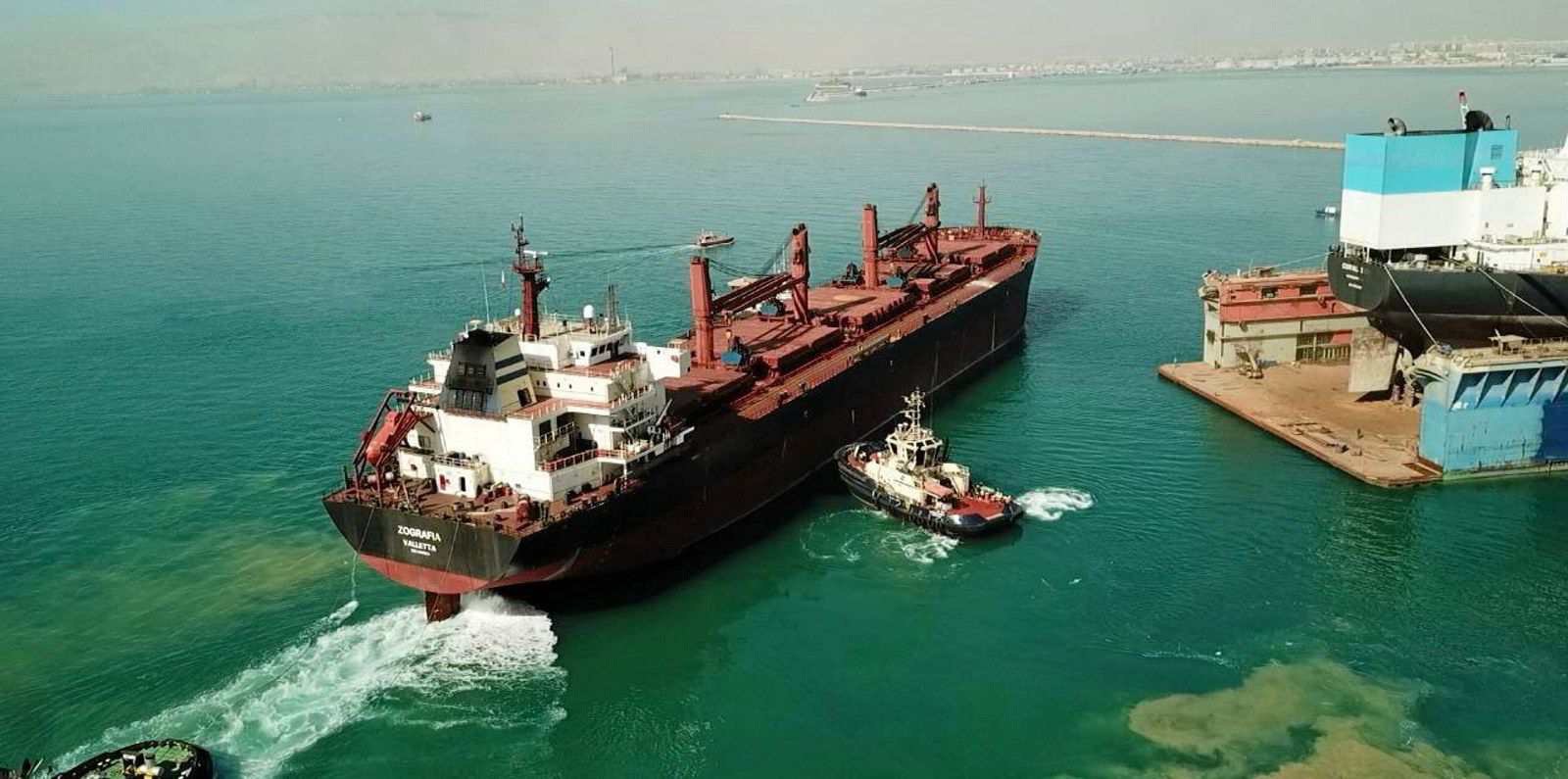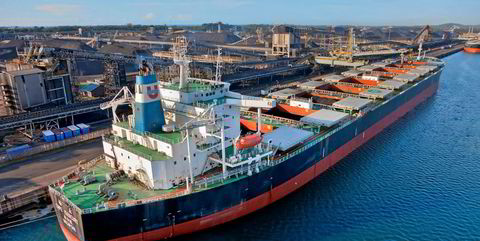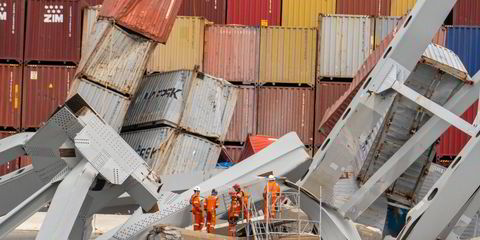Shipowners are not risking their nice new bulk carriers being attacked by Yemen’s Houthi rebels in the Red Sea, data shows.
Research by Arrow Shipbroking shows that older dry cargo vessels continue to pass through the Bab-el-Mandeb strait, but newer vessels are avoiding the region.
“There are a few reasons behind this shift, but a big one seems to be the steep hike in insurance costs. We are hearing that these premiums could amount to 1% to 1.5% of a vessel’s value, a figure that is seemingly influencing the decision-making process for many shipping companies,” Arrow head of research Burak Cetinok told TradeWinds.
“You can see this impact when you look at the age profile of the vessels trading in the area. There’s been a noticeable drop in the number of modern ships, those built after 2010, going through the Suez Canal. But for the older ships, built before 2010, it’s pretty much business as usual.”
The extra insurance cost for transiting the Suez Canal with a 15-year-old panamax bulk carrier is currently about half of what it would be for a modern five-year-old kamsarmax or even less, Cetinok said.
“This big difference in costs for the younger tonnage is beginning to outweigh the benefits of the shorter trip through the Suez Canal. And that’s before even considering the safety risks in the region,” he explained.
The 14-day rolling total of bulkers built post-2010 transiting the Bab-el-Mandeb strait has fallen from more than 250 vessels in the first week of December to around 150 vessels currently.
Meanwhile, the number of pre-2010 bulkers making their way through the area has grown over the same time frame by around 20 vessels to roughly 120 every 14 days on average.
The Greek-owned, 56,890-dwt bulk carrier Zografia (built 2010) was hit on 16 January by a Houthi anti-ship ballistic missile attack while sailing in the southern Red Sea. The 14-year-old supramax is controlled by Vulcanus Technical Maritime Enterprises and is undergoing repairs at Suez Shipyard.





